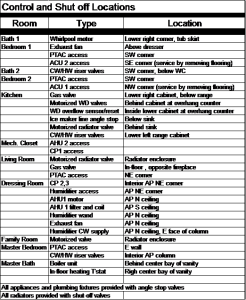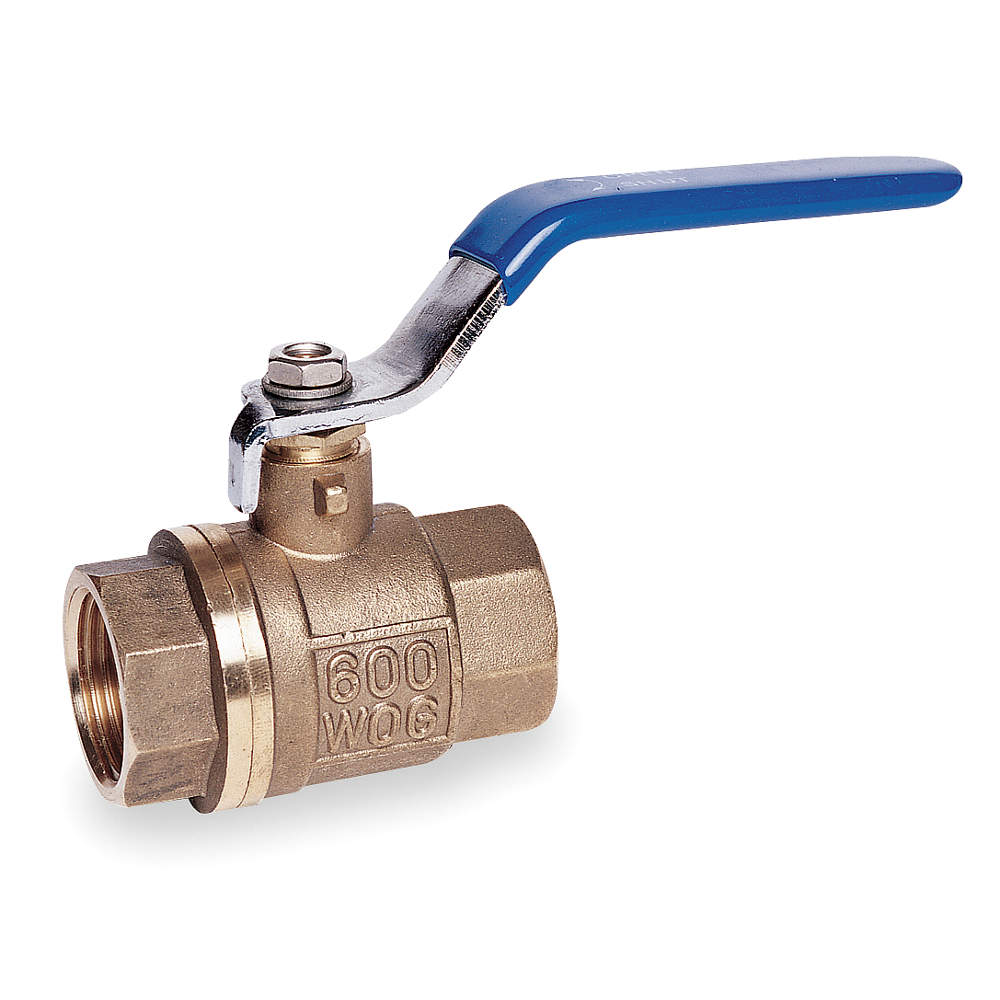It is commonplace for an owner to summon a mechanic to investigate the cause of a system shut-down or malfunction, and to restart the system. In the event of a hazard; such as water breaching, live electrical, or coil freeze-up (AC), it is exigent to call in an emergency repair. Despite this common practice, most shutdowns and damage control can be controlled or mitigated by the end-user, or occupant, had he simply known where the on-off switch was to be found. It is even sadder to watch a mechanic poke around – looking for a hidden valve, in the midst of a broken pipe.
For example resetting an overloaded circuit breaker, replacing a clogged air filter, or restarting of a computer program, are all tools an owner should have at his ready disposal without having to call in the troops. Many owners are often unaware that they even have such ability, and instinctively reach for the phone at the slightest provocation.Although they have the ability, they are not empowered to do so.
The reason for this is the often overlooked element of many project deliverable packages: a simple control valve and on-off list, like the one below.

For commercial and larger buildings, a maintenance person or operating engineer may be on the premises to investigate and mitigate various system breakdowns. For very large buildings, it is requires. Such buildings have large complex systems that require maintenance programs, diagrams and schematics, sequence of operations, and a competent individual on the premises at all times to facilitate damage control measures. The on-site individual will have direct access to the respective tradesmen he needs to summon in the event of an emergency or breakdown.
A spreadsheet such as this should be issued to any building owner during the construction close-out phase in addition to the typical as-built construction drawing set. Such a simple matrix gives the owner and maintenance crew easy access to information regarding the location of control valves, and other cut-off switches.
However, this is less true of smaller buildings, such as Multi-family structures, which typically have a superintendent and handymen on site. But these vary widely in ability, and generally they can’t address mechanical issues beyond simple hand-tools. Residential projects are becoming more and more sophisticated and complicated from a system controls perspective. Yet for some reason, it is the exception that the owner of a small co-op or condo is empowered with simple easy to follow guidelines that will save him much heartache.
It does not take a particularly long time to create a spreadsheet like the example above. For this project, both the contractor and the architect were pleasantly surprised to have it. Being such a simple document to generate, it should be given to the client – if for nothing else, but as a common courtesy. It may not be commonplace, due to the habitual past over-reliance on maintenance people.
However, with the onslaught of IoT, mechanics are rapidly being replaced by Tech Support people, who may not have any requisite mechanical skills. This is a result of the trend away from manual control and toward Bluetooth or Internet control, and home automation, and IMHO, does not bode well for the future of trouble-shooting mechanical failure. That is to say, the IoT, with its fancy applications, may start gumming up the works and operations of systems better left to be controlled manually.









